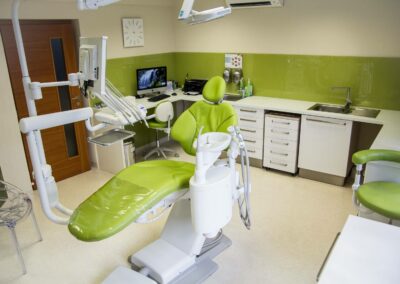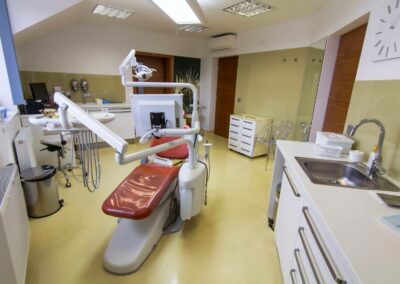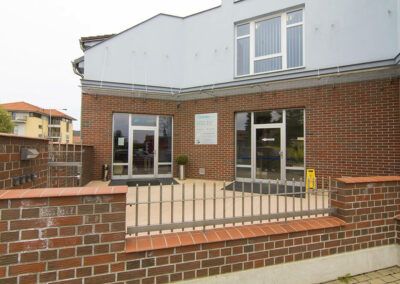Types of restorations
1. Fixed dental restorations
Dental veneers
Onlay
Dental crowns
Metal crowns
Resin crowns
Ceramic crowns
Metal-ceramic crowns
Dental bridges
2. Removable dental restorations
Dental medical team
Assoc. Prof. Eva Gojišová, MD
chief doctor – dentistry
MUDr. Magdalena Koťová, Ph.D.
chief doctor – orthodontics
MUDr. Tomáš Hlaďo
specialist doctor – pediatric dentistry
MDDr. Petr Švácha
Dentist
MDDr. Martin Linka
specialist doctor – orthodontics
Contractual health insurance companies






Contact us
Ambicare Prague 4
recepce@ambicare.eu
K Hrnčířům 25, Praha 4
It is not possible to send text messages to the above phone numbers, please call or email us instead. Thank you for your understanding.













